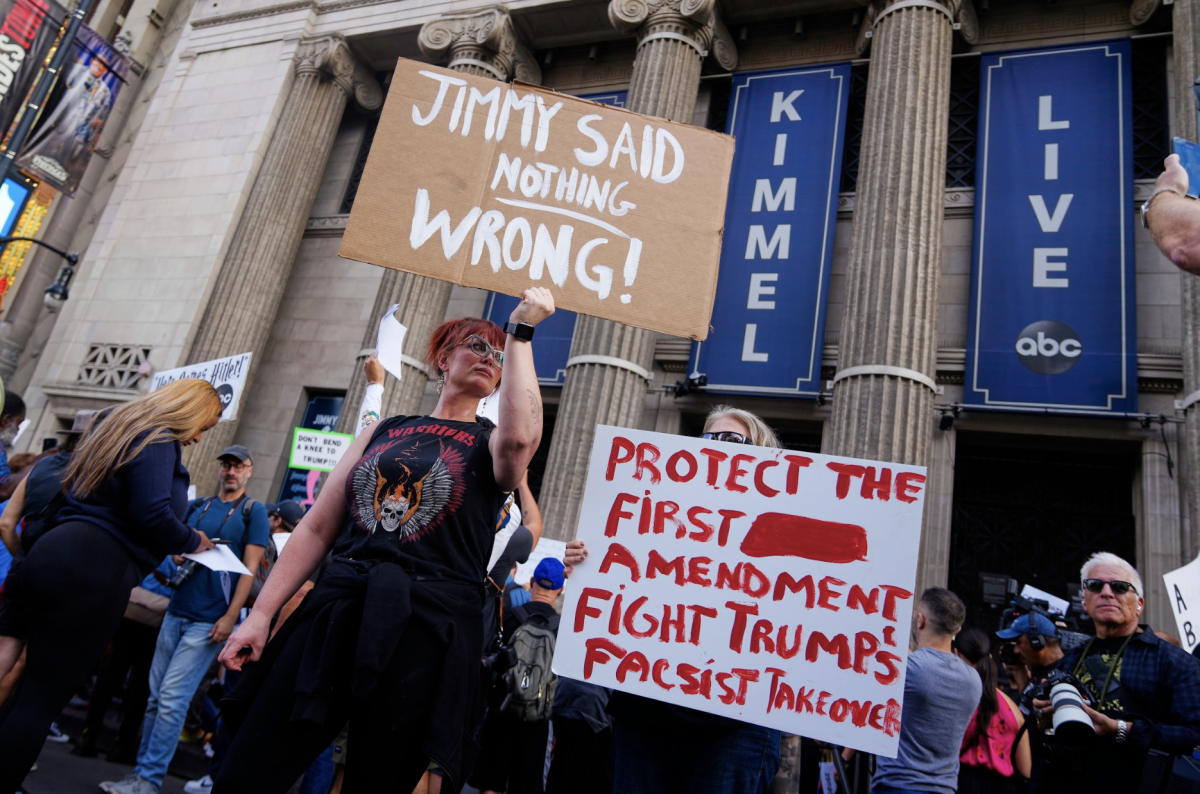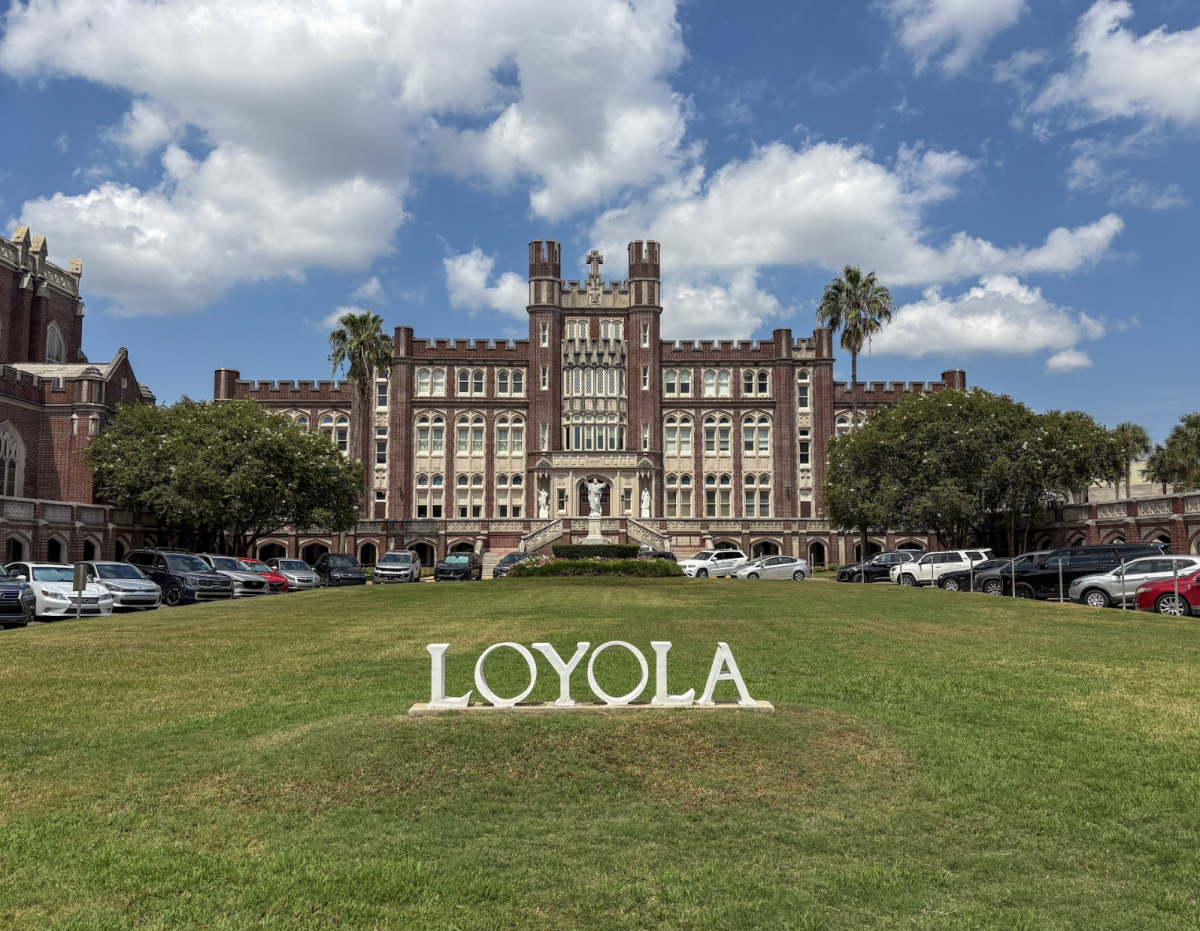In the early hours of November 6, 2024, a seismic shift swept across the United States. Donald Trump, a convicted felon—34 charges and counting— impeached twice, accused of sexual misconduct, and publicly vowing to be a dictator on “day one,” reclaimed the presidency. No matter where one stands politically, this moment undeniably reshapes American society and its democratic traditions.
For those waking up to this news with a sense of dread, the reality is this: the next four years will test not only our resilience but also the very fabric of our democracy. With Republicans firmly controlling the House, the Senate, and the Supreme Court and poised to echo this conservative resurgence, the country is set on a deeply divisive path. We can expect policies that prioritize one side of the ideological divide—hard-line stances on immigration, health care restrictions, and sweeping changes to education and environmental policy.
This isn’t an end, but it is a departure from what many might call normalcy. There will be pushback, undoubtedly, from activist groups, state governments, and citizens unwilling to let go of their civil liberties without a fight. And while it’s too early to declare democracy itself dead, this is an era where hate and division have found fertile ground. What we face is a challenge to our national identity, one that calls for vigilance, courage, and, if nothing else, a hope that unity might someday break through the tumult.
To begin with the most immediate and tangible impact: the economy. Donald Trump’s economic approach, if we can call it a “plan,” has few specifics. Even Trump himself has referred to these policies as “concepts” rather than concrete strategies. What we can anticipate, however, is a resumption of a pro-corporate, supply-side model that has historically prioritized the wealth of the top one percent and major corporations, often at a cost borne by middle- and working-class Americans.
If you find yourself in a high-income bracket, prepare for tax relief. Trump’s 2017 tax cuts, which disproportionately favored the wealthy, are likely to be made permanent. The original intent, or at least the way they were sold, was to stimulate economic growth, increase wages, and create jobs. But studies have shown that these cuts largely failed to deliver on those promises, especially for everyday Americans and for young workers just entering the job market. Wages, adjusted for inflation, barely budged; job growth was tepid at best. Instead, most of the benefits went to corporations and the already-wealthy, reinforcing a system where wealth accumulates at the top while economic gains for regular Americans remain elusive.
This strategy is a reflection of priorities that place corporate interests above those of the public, risking widening inequality and eroding opportunities for those who aren’t already in the upper echelons of wealth. As a result, under Trump’s likely economic trajectory, the middle class and working families may well be left on the sidelines, watching wealth trickle upwards.
College students now face an economic landscape where wages stagnate, and the cost of living keeps climbing. Trump’s promises of economic growth ring hollow for those navigating a system that favors corporate gains over individual prospects. Tuition continues its relentless ascent, as does the collective burden of student debt. For students entering a job market under these conditions, relief is unlikely. Trump’s fiscal approach will likely result in a federal government with fewer resources to invest in education, healthcare, and social services—areas crucial to students and young Americans setting out in the world.
With Trump’s tax priorities aimed at wealth preservation for the upper crust, the public infrastructure and social programs that generations of Americans have relied on may face cuts or neglect. This is a choice, a prioritization that leaves students on their own to bear the brunt of tuition hikes and debt accumulation. For many, the reality is stark: fewer opportunities for federal assistance and a system tilted toward those who already have a foothold on the ladder of success.
In Trump’s America, young people may be left to wonder: Who does this economy really serve? And where does that leave the next generation, striving to build a future in a country where the support systems currently in place, once assumed to be foundational, begin to erode?
The economic hurdles facing young Americans under Trump’s deregulation push are vast, creating a landscape that could well undercut job growth and economic mobility for years. His drive to scale back regulations, particularly in fields like technology, renewable energy, and healthcare, may mean short-term gains for corporations but will likely have long-term costs for workers and consumers alike.
In a deregulated environment, companies might compromise on product quality or safety, and, without guardrails, they could pass on costs to consumers. The young workers entering these industries—those looking to make a mark in clean energy or the fast-evolving tech world—may find themselves in a marketplace increasingly influenced by corporate imperatives rather than innovation or sustainability.
Then there are the tariffs—a hallmark of Trump’s economic platform. On the surface, Trump presents these as a patriotic strategy to “bring back American jobs.” In reality, tariffs function as a tax on imported goods, and the costs don’t fall on foreign producers but on American importers, who then pass these expenses back to consumers. Prices go up, and industries reliant on global supply chains, like manufacturing, bear the brunt. Retaliatory tariffs from trading partners add to the strain, impacting U.S. exporters and disrupting trade networks.
Trump’s framing—positioning tariffs as a way to spur domestic production—ignores current realities, including historically low unemployment rates. Attempting to relocate manufacturing entirely to the U.S. will raise production, labor, costs and, ultimately, higher prices for consumers. For young people, these economic choices signal a period where both opportunity and affordability might be hard to come by in an economy increasingly tilted to benefit corporations at the expense of the public. The promise of a “pro-growth” economy may, in reality, be nothing more than a hollow shell.
Under Trump’s vision, the future of American education may be in a precarious position. His administration has shown a clear antipathy toward public education and higher education institutions, particularly those that have failed to align with his ideological agenda.
One of the most dramatic potential shifts would be Trump’s plan to transfer control of education from the federal government to individual states. This decentralization of power would not only reduce federal oversight but also likely diminish federal funding, a critical resource that countless students rely on to access higher education. In states with conservative leadership, this shift could result in sweeping cuts to programs that foster diversity, protect students against sexual harassment under Title IX, and support inclusive campus environments. Protections that have long enabled students from marginalized backgrounds to thrive could be rolled back, effectively shrinking opportunities for those who rely on them most.
For students reliant on federal financial aid, the outlook isn’t great either. Trump’s education policy suggests a reallocation of resources away from higher education, which could mean cuts to grants and subsidized loans—the lifelines for millions of students pursuing degrees. Interest rates on existing loans may climb, exacerbating the already overwhelming debt crisis that students face. If the federal government reduces its support, many students could find themselves without adequate financial assistance to obtain their degree, leaving them to either take on more debt or abandon higher education altogether.
These moves would deepen existing divides in educational access and quality, creating barriers that students from disadvantaged backgrounds might find insurmountable. In an era where higher education is viewed as a pathway to upward mobility socially and economically, Trump’s policies threaten to make that path narrower, costlier, and more fraught. This vision for education stands in stark contrast to a future where education serves as a public good, an equalizer, and a bridge to opportunity for all Americans.
One of the most troubling potential impacts of another Trump presidency is the likely shift toward harsher immigration policies—changes that would reverberate profoundly, especially among college students who are undocumented or on student visas. Trump’s stance on immigration has been consistently antagonistic, advocating for the repeal of Deferred Action for Childhood Arrivals (DACA) , a program that has provided temporary protection for undocumented immigrants brought to the U.S. as children. For many DACA recipients, college students among them, this program has been a bridge to education, employment, and a sense of stability in the only country they’ve ever called home.
If history is a guide, Trump’s second term would likely mirror, if not amplify, the anti-immigrant stance of his first. His administration’s family separation policies, which separated children from their parents at the border, were a grim hallmark of his earlier tenure, casting a shadow of fear and uncertainty over immigrant communities nationwide. Students from immigrant families, especially those undocumented or in mixed-status households, live with the ever-present threat of policy shifts that could jeopardize their safety and stability. The psychological toll on these young people cannot be overstated; many pursue higher education while grappling with the daily fear of deportation or separation from family members.
For students on F-1 visas or other temporary statuses, a second Trump administration almost certainly brings intensified scrutiny and stricter immigration policies. International students already navigate a complicated system, juggling visa limitations, restrictive work authorizations, and the ever-present requirement to maintain full-time student status to avoid jeopardizing their eligibility. Under Trump, this already fraught experience would likely become even more precarious.
The visa renewal process—demanding and stressful under normal circumstances—could become a bureaucratic minefield. Heightened scrutiny would likely delay visa approvals and create additional obstacles for students who seek to stay in the U.S. after graduation, whether through work authorizations like OPT (Optional Practical Training) or pathways to permanent residency. Already, Trump’s immigration rhetoric has added a layer of uncertainty to the lives of these students, many of whom chose to study in the U.S. believing it would offer stability and opportunity. For those pursuing long-term visas or green cards, the process could stretch from difficult to nearly untenable, reducing the appeal of American universities for international talent and placing yet another barrier between students and their dreams.
For college students, the reality of a Trump presidency is a call to action, a reminder that political engagement is not optional but essential. At a time when policies are likely to affect education affordability, civil rights, and support for marginalized communities, staying informed and politically active is more important than ever. Advocacy—whether for accessible education, gender equity, or the protection of immigrant students—isn’t just a high-minded ideal but a necessary step to protect the opportunities and freedoms that students rely on.
One effective avenue for change begins at the local level. The decisions made in city councils and state legislatures often have the most immediate impact on our daily life. Engaging with these issues, attending local council meetings, and voicing concerns to local representatives can influence policy on the ground. College students, uniquely positioned at the intersection of youth and education, hold a power in numbers. Their voices, whether raised in public forums, through community organizations, or by writing to local leaders, can shape local policy on issues ranging from public transit to affordable housing to campus safety.
In these turbulent times, political involvement is a safeguard against policies that could undermine the rights and well-being of students and future generations. By staying engaged and advocating for values that promote equity and access, students can ensure their voices continue to resonate in the corridors of power. If students stand on the sidelines, they may find themselves in a nation where their freedoms are eroded, civic institutions weakened, and the promise of democracy compromised. This generation must rally, not only to safeguard their own futures but to protect the foundational ideals of the country they call home.
EDITORIAL: Trump won. What now?
Aaron Covin, Opinons Editor
November 8, 2024
2
More to Discover












